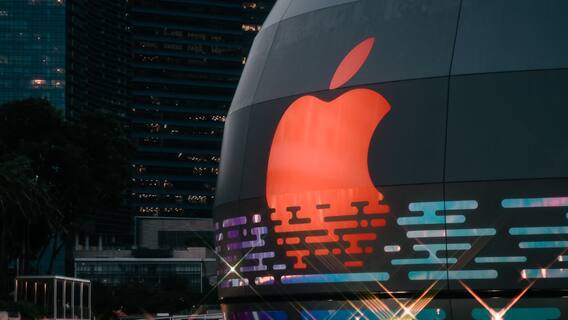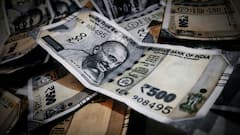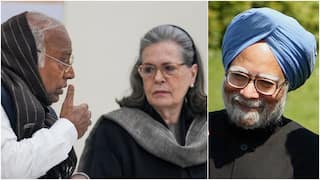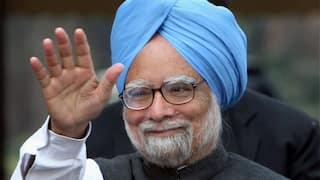Banks GNPAs Down To 5% In September 2022, Macroeconomic Conditions Can Impact Banks Health: RBI Report
The report said that from its peak in 2017-18, the GNPA ratio of SCBs (scheduled commercial banks) has been declining sequentially to reach 5 per cent at end-September 2022

Gross Non-Performing Assets (GNPAs) of Indian banks declined to 5 per cent in september but the present macroeconomic environment can impact lenders' health, said a new Reserve Bank of India (RBI) report. On Tuesday, RBI released its Trends and Progress of Banking in India' report for FY22.
The report said, “from its peak in 2017-18, the GNPA ratio of SCBs (scheduled commercial banks) has been declining sequentially to reach 5 per cent at end-September 2022.” It said that the number stood at 5.8 per cent in March 2022.
“Although presently the Indian banking sector remains robust and resilient with improved asset quality and strong capital buffers, the policymakers remain mindful of dynamically evolving macroeconomic conditions that may impinge on the health of regulated entities,” the report said.
This decrease in GNPs was led by lower slippages as well as a reduction in outstanding GNPAs through recoveries, upgradations, and write-offs. In 2021-22, the reduction in NPAs was mainly contributed by written-off loans in the case of public sector banks, while upgradation of loans was the primary driver for asset quality improvement for private sector banks, the report said.
Taking into account the global operations of banks, asset quality improved across the board for all bank groups. Lower GNPAs, combined with high provisions accumulated in recent years, contributed to a decline in net NPAs, it further added.
However, the report showed that the restructured assets ratio increased by 1.1 percentage points for all the borrowers and by 0.5 percentage points for large borrowers.
Except the foreign lenders, all the bank groups showed a decline in the GNPAs. Although, the loss of assets in FY22 increased to 0.5 per cent from 0.2 per cent in FY21.
The report said that the credit to industry grew at the highest rate in 8 years. In incremental terms, 21 per cent of the credit went to the industrial sector during the year as against 0.2 per cent in 2020-21. Although, in recent years, Indian banks appear to have displayed ‘herding behaviour’ in diverting lending away from the industrial sector towards retail loans. The decline was evident across bank groups.
Large borrowal accounts, which have a total exposure of 5 crore and above, comprised 47.8 per cent of total advances in 2021-22, down from 48.4 per cent in 2020-21. Their share in total NPAs declined during the year to 63.4 per cent from 66.4 per cent in 2020-21.
An acceleration in income and contraction in expenditure boosted the profitability of SCBs in 2021-22, measured in terms of return on equity and return on assets. The consolidated balance sheet of scheduled commercial banks (SCBs) registered double-digit growth in 2021-22, after a gap of seven years, led by credit growth, which accelerated to a ten-year high in the first half of FY23, the report said.
Trending News
Top Headlines





































